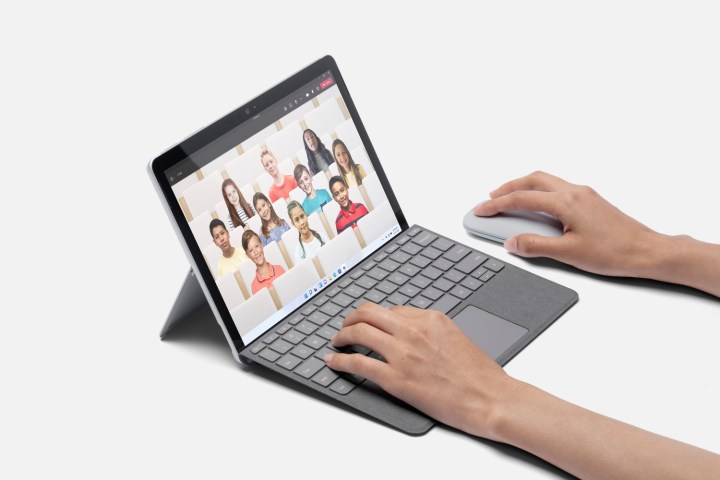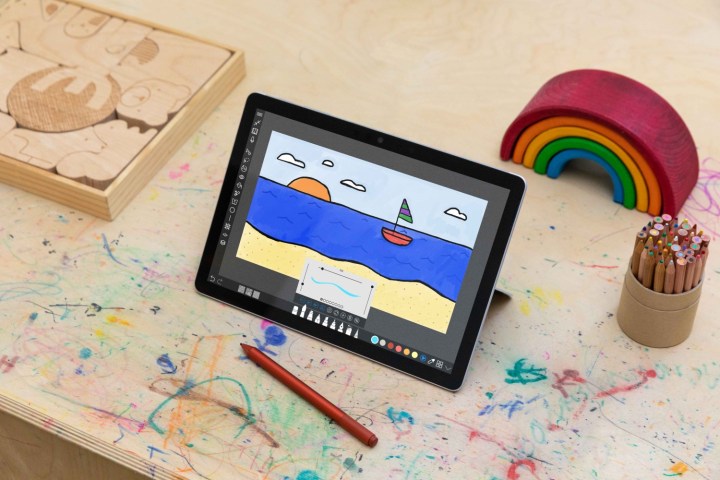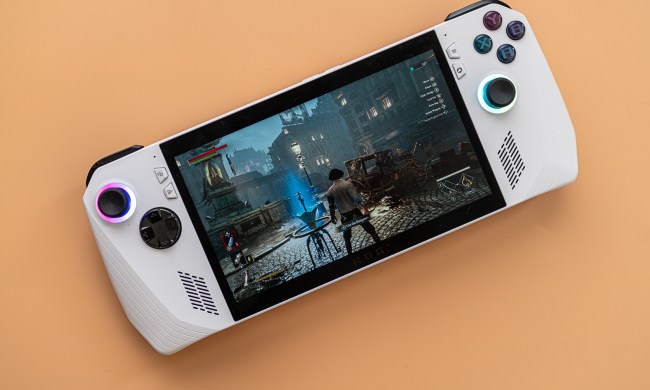During Microsoft’s Surface event today, the company is finally pulled the wraps off of its much-rumored, next-gen Surface products. This includes the Surface Go 3, an update to the lightweight 2-in-1 meant to compete with lower-cost tablets like the $329 iPad.
The exterior is nearly identical to the Surface Go 2. The Surface Go 3 retains the same 10.5-inch PixelSense touchscreen display with a 1080p display. The 5-megapixel front and 8-megapixel rear cameras are carried over as well, making it a solid choice for students and families.

The Surface Go 3 also keeps all of the same ports, including a USB-C and Surface Connect, which helps maintain compatibility with existing Surface docks.
Internally, the Surface Go 3 received minor updates, but even these modest specs should handle Windows 11 well enough. You get a choice between a dual-core Intel Pentium Gold 6500Y processor or a quad-core 10th-gen Core i3-1011Y. Microsoft says upgrading to the Core i3 model makes it “60% faster.”
Storage options of 64GB eMMC and 128GB SSD remain, but Microsoft has also added a larger 256GB SSD storage option. You also have an option between either 4GB or 8GB of RAM.
Wireless connectivity includes Wi-Fi 6, Bluetooth 5.0, and LTE Advanced using the same Qualcomm Snapdragon X16 LTE modem as the Surface Go 2. Being a Surface device naturally means it has support for the Surface Pen and the Surface Type Cover. There’s also “enhanced hardware security,” which includes a TPM 2.0 chip for enterprise customers. All of this makes it more compatible with Windows 11 than some modern, high-end gaming rigs.

The primary upside to the Surface Go 3 is how much better it will be running Windows 11 instead of Windows 10.
The Wi-Fi-only version of the Surface Go 3 starts at $400, and it’s available for pre-order starting today.



